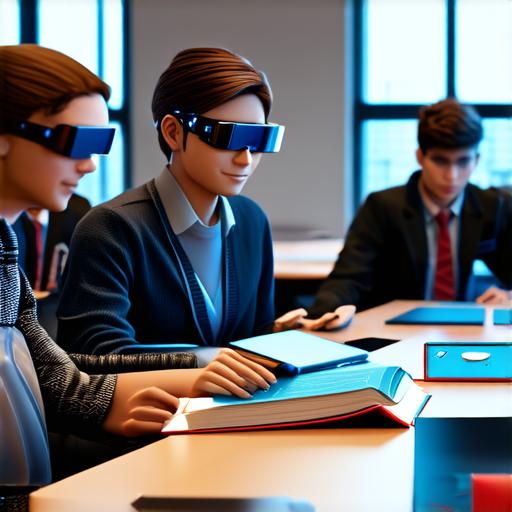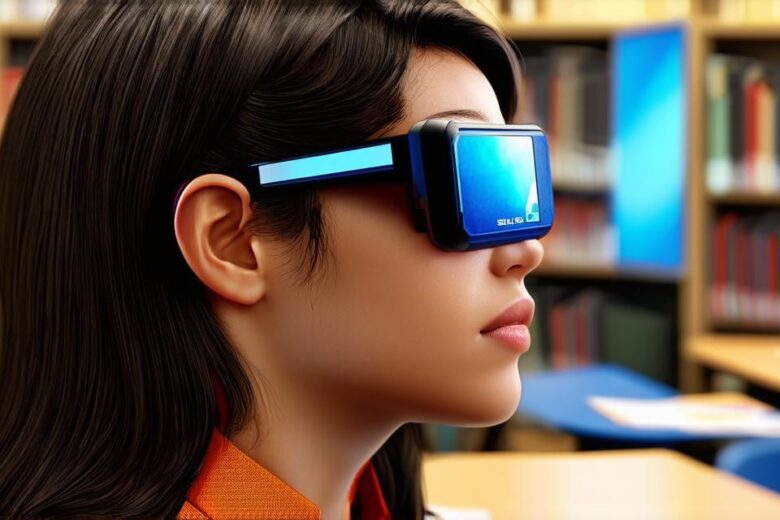AR in Education: An Introduction
Augmented Reality (AR) is a technology that overlays digital information on the real world. It has been gaining popularity in various fields, including education. AR can be used to enhance the learning experience by making it more interactive and engaging.
Definition of Augmented Reality
Augmented reality (AR) is a technology that overlays digital information on the real world. It enhances the perception of the physical world by adding computer-generated images, videos, sounds, and other elements to it. AR can be accessed through smartphones, tablets, headsets, or other devices with cameras and sensors.
Benefits of AR in Education
AR has several benefits in education, including:
- Improved engagement: AR makes learning more interactive and engaging, which increases students’ motivation and interest.
- Enhanced understanding: AR allows students to visualize complex concepts and ideas, making it easier for them to understand them.
- Increased creativity: AR provides a platform for students to express their creativity by allowing them to design, create, and share their own content.
- Improved collaboration: AR can be used to collaborate with other students or teachers, allowing them to work together on projects in real-time.
Applications of AR in Education
AR has many applications in education, including:
- Anatomy and Biology: AR can be used to visualize the human body and its internal organs, making it easier for students to understand anatomy and biology.
- History and Cultural Studies: AR can be used to bring history and cultural studies to life by allowing students to explore different periods and cultures in a more immersive way.
- Math and Science: AR can be used to teach math and science concepts, such as geometry and physics, by providing visual representations of complex ideas.
- Language Learning: AR can be used to enhance language learning by providing real-time translations and interactive exercises.
- Art and Design: AR can be used in art and design classes to create digital art and 3D models.
AR in Education: Implementation
Devices and Platforms
AR can be implemented using various devices and platforms, including:
- Smartphones and Tablets: Most smartphones and tablets have built-in cameras and sensors that can support AR applications. There are also many AR apps available for iOS and Android devices.
- Headsets and Glasses: There are several types of headsets and glasses that can support AR, including Google Glass, HoloLens, and Oculus Quest.
- Projectors and Screens: AR can be projected onto screens or walls using specialized projectors or software.

Software and Tools
There are many software and tools available for creating AR content, including:
- Unity: Unity is a popular game engine that can also be used to create AR applications. It has a large community of developers and offers a wide range of features and assets.
- ARKit: ARKit is an Apple framework for developing AR apps on iOS devices. It provides many tools and features for creating interactive and engaging AR experiences.
- Vuforia: Vuforia is an AR development platform that can be used to create AR apps for multiple platforms, including smartphones, tablets, and headsets.
- Aurasma: Aurasma is a free AR app that allows users to create their own AR content using images, videos, and other media.
